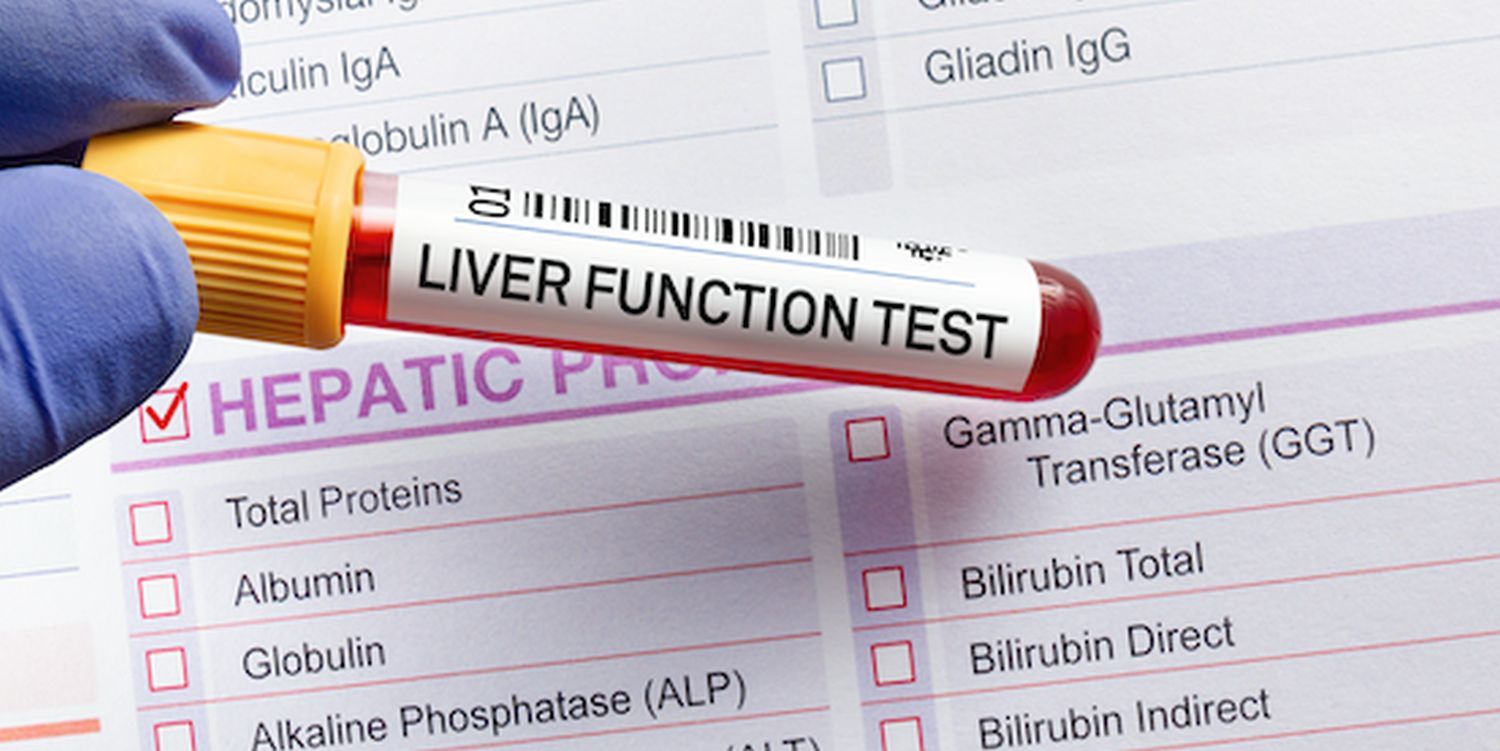ALT Blood Test Results: Liver Function Analysis Guide

ALT Blood Test Results: Liver Function Analysis Guide
The ALT (Alanine Aminotransferase) blood test is a key marker used to evaluate liver function and detect potential liver damage. ALT is an enzyme primarily found in the liver that helps convert proteins into energy for cells.
When liver cells are damaged, ALT is released into the bloodstream, making it a crucial indicator of liver health.
If you recently received your results back and need a personalized explanation regarding what they mean, LabAnalyzer can help.
This guide explores ALT test results, their significance, and management strategies for high levels.
Understanding ALT Levels
ALT levels provide insights into liver function and the potential presence of liver damage.
Key Functions of ALT:
Protein Metabolism:
ALT aids in breaking down proteins for energy.
Liver-Specific Indicator:
ALT is more liver-specific than other enzymes, making it a reliable marker for liver health.
Why ALT is Tested:
Screening for Liver Conditions:
Detects damage caused by infections, toxins, or chronic diseases.
Monitoring Chronic Liver Disease:
Tracks liver health in conditions like hepatitis or fatty liver disease.
Evaluating Symptoms:
Ordered when symptoms like jaundice, abdominal pain, or fatigue are present.
ALT testing is often combined with other liver function tests for a comprehensive evaluation.
Normal Ranges by Age and Gender
Normal ALT levels vary slightly based on age, gender, and laboratory methods.
Typical Reference Ranges:
Men: 10–40 units per liter (U/L).
Women: 7–35 U/L.
Children: 10–30 U/L (may vary with growth and development).
Factors Influencing Normal Ranges:
Age:
ALT levels may decline slightly with age.
Gender:
Men tend to have higher ALT levels due to greater muscle mass and hormonal differences.
Lifestyle:
Diet, exercise, and medication use can impact ALT levels.
Understanding normal ranges helps identify abnormal results and guide further investigation.
Elevated ALT Causes
High ALT levels indicate liver cell damage but require further evaluation to determine the underlying cause.
Common Causes of Elevated ALT:
Liver Conditions:
Hepatitis (viral or autoimmune): Inflammation leads to increased ALT release.
Non-Alcoholic Fatty Liver Disease (NAFLD): Fat accumulation damages liver cells.
Alcoholic Liver Disease: Excessive alcohol intake harms the liver.
Medications and Toxins:
Overuse of acetaminophen or nonsteroidal anti-inflammatory drugs (NSAIDs).
Exposure to environmental toxins or certain supplements.
Infections and Illnesses:
Viral infections (e.g., mononucleosis).
Sepsis or severe infections affecting multiple organs.
Other Causes:
Obesity: Linked to fatty liver and metabolic dysfunction.
Heart Conditions: Conditions like heart failure may raise ALT levels due to liver congestion.
Temporary Elevations:
Intense exercise or muscle injury can cause transient ALT increases without liver damage.
Identifying the cause of elevated ALT is critical for effective management and treatment.
ALT vs AST Comparison
ALT is often evaluated alongside AST (Aspartate Aminotransferase) to provide a clearer picture of liver health.
Differences Between ALT and AST:
Location in the Body:
ALT: Primarily found in the liver.
AST: Found in the liver, heart, muscles, and other tissues.
Specificity to Liver:
ALT is more liver-specific, making it a better standalone marker for liver damage.
Ratio (ALT/AST):
A high ALT-to-AST ratio suggests liver-specific issues like NAFLD.
A low ratio (AST > ALT) may indicate alcohol-related liver disease or other conditions.
Why Both Are Tested:
Combining ALT and AST results provides greater accuracy in diagnosing liver conditions and assessing severity.
The ALT/AST ratio is a valuable tool for differentiating between liver disease causes.
Monitoring Liver Health
Regular ALT testing is crucial for individuals at risk of liver damage or those with known liver conditions.
Conditions Requiring Regular Monitoring:
Chronic Hepatitis:
ALT helps track disease progression and treatment effectiveness.
Fatty Liver Disease:
Monitors lifestyle changes or medication impact on liver health.
Alcohol Abuse or Dependency:
Assesses recovery and the extent of liver damage.
Frequency of Testing:
Periodic testing (every 6–12 months) is common for chronic conditions.
More frequent monitoring may be needed for severe or rapidly changing conditions.
Regular ALT testing helps detect changes early and guide treatment decisions.
Treatment Options for High ALT
Managing elevated ALT levels involves treating the underlying cause and supporting liver health.
Lifestyle Modifications:
Healthy Diet:
Focus on a liver-friendly diet rich in fruits, vegetables, whole grains, and lean proteins.
Limit sugar, saturated fats, and processed foods.
Exercise:
Regular physical activity reduces liver fat and improves overall health.
Avoid Alcohol:
Essential for individuals with liver disease or alcohol-related damage.
Medical Interventions:
Medications:
Antiviral drugs for hepatitis infections.
Anti-inflammatory treatments for autoimmune hepatitis.
Monitoring Medications:
Adjust or discontinue medications that may harm the liver under a doctor’s guidance.
Weight Management:
Addressing obesity reduces the strain on the liver and may lower ALT levels.
Proactive measures can lower ALT levels, improve liver function, and prevent complications.
Key Takeaway
The ALT blood test is a vital marker of liver health, providing insights into potential damage and guiding diagnosis and treatment. While elevated ALT levels can indicate serious conditions like hepatitis or fatty liver disease, they are often manageable with lifestyle changes and medical interventions.
Regular monitoring and working closely with your healthcare provider ensure early detection and effective management of liver-related issues.